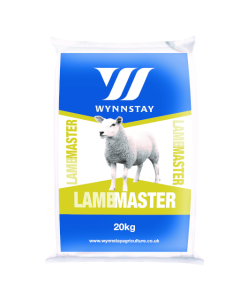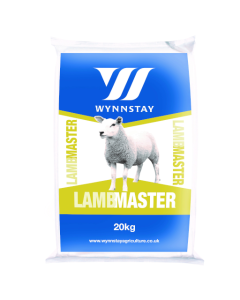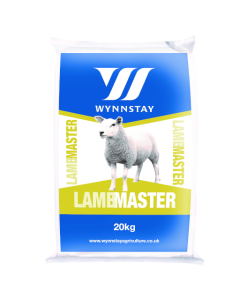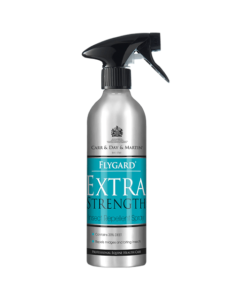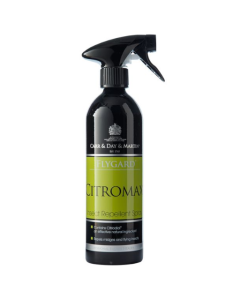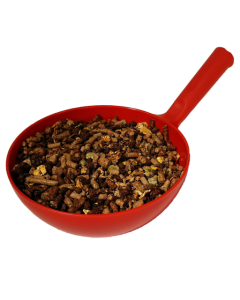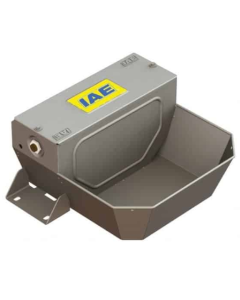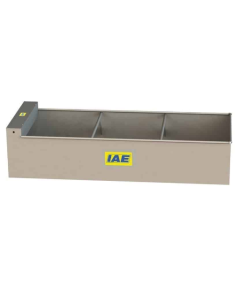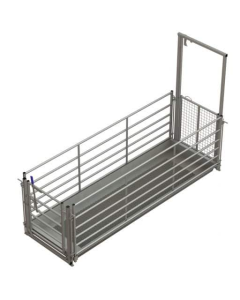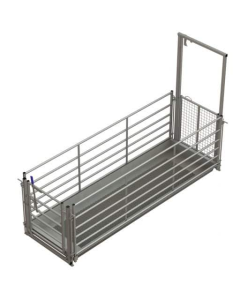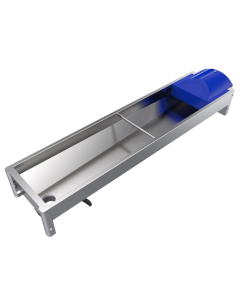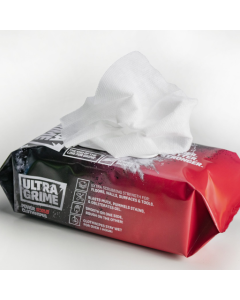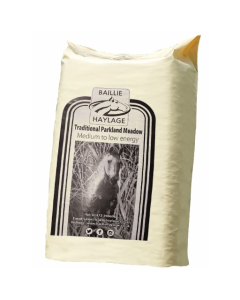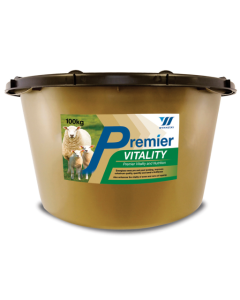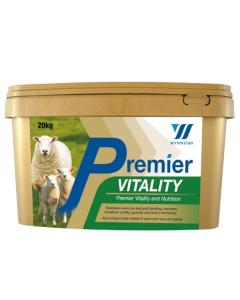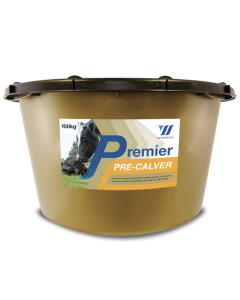With the drive to boost milk from forage, research has shed new light on multi-cut silage. Volac expert, Peter Smith, explains.
The concept of multi-cut grass silage – where grass is cut younger and more often – offers several potential benefits:
- Higher ME – because younger grass is more digestible
- Higher protein – because protein is higher in young grass
- Higher overall yield – from more cuts per year
Furthermore, because individual cuts are lighter, wilting should be easier, and because younger grass contains less stem material, consolidation should be easier in the clamp.
But there are ‘watch points’.
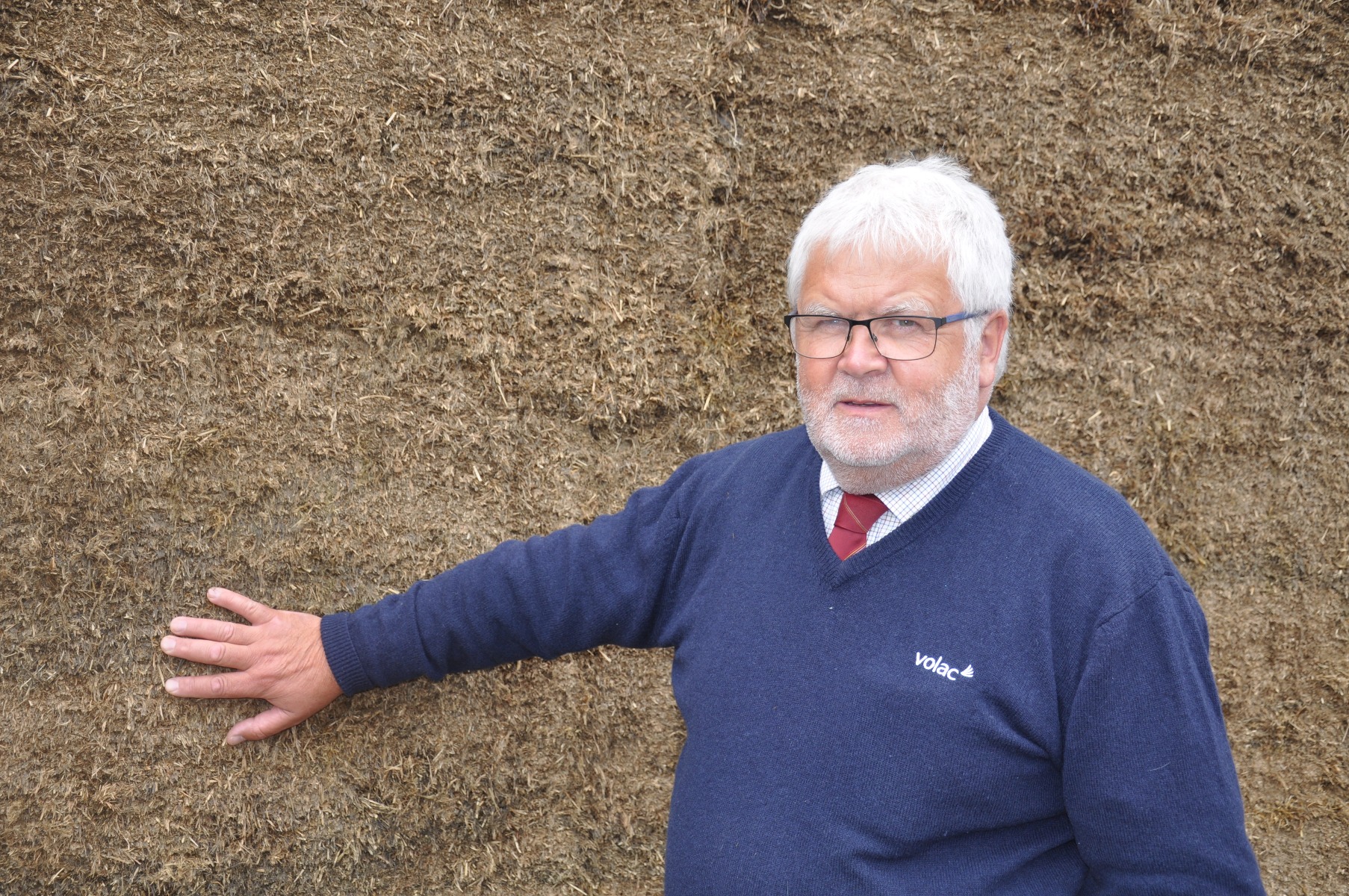

Firstly, there is an increased risk of slurry bacteria contamination with shorter cutting intervals. Secondly, there is potential for increased buffering of the fermentation from higher levels of residual nitrogen and protein in the grass. Combined, these can increase dry matter (DM) losses.
To examine these, Volac silage scientists measured grass production from a multi-cut system on a Welsh farm, and assessed how these conservation challenges might be addressed with additive use.
Key Results
Analysis of crop samples from late April through to early October revealed multi-cut grass was indeed high in digestibility (averaging 75 D-value), high in energy (averaging 12 ME), and high in crude protein (averaging 19.2%).
Against this, however, the number of naturally occurring lactic acid bacteria in the crop was relatively low. This is important because lactic acid bacteria give us the most efficient fermentation.
Additionally, significant numbers of slurry bacteria were also present in the crop – with levels almost ten times above those of the natural lactic acid bacteria.
Accordingly, a further phase of the work examined whether the conservation of multi-cut silage would suffer if fermentation was left to chance (no additive) compared with if Ecosyl was applied.
Monitoring of the untreated and treated silages for 90 days revealed dramatic results.
Without additive, the fermentation was slow, with only low levels of beneficial lactic acid produced, resulting in a slow pH fall. By comparison, Ecosyl treatment substantially improved the fermentation and, with the lower pH it produced, it controlled the growth of the bacteria associated with slurry
across all four cuts.
More importantly, average DM losses with Ecosyl were halved compared with the untreated, and there was a clear indication of improved protein preservation following Ecosyl use.
Overall, it was concluded that Ecosyl provided a key to unlocking more value from multi-cut by producing a larger amount of more nutritious and palatable silage.




